 For more information on the topic of material use, check out the University of Michigan’s Center for Sustainable Systems' U.S. Material Use Factsheet.
For more information on the topic of material use, check out the University of Michigan’s Center for Sustainable Systems' U.S. Material Use Factsheet.
The curated collection below contains 13 videos, 4 podcasts and 3 games/activities. To access the resource, click on the image below the resource title.
Videos:
Material Exploration | Let's Learn
 Grade Level: PK-2
Grade Level: PK-2
Duration: 11 minutes 17 seconds
Description: Using simple terminology, this video from Let's Learn, provided by PBS LearningMedia, will help young students better understand the materials that make up the world around them. Students will learn about the properties of different materials. At the end of the video, they are encouraged to look around their homes for three different materials and investigate their properties.
Material World: Crash Course Kids #40.1
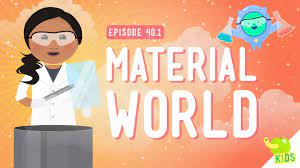 Grade Level: 3-6
Grade Level: 3-6
Duration: 4 minutes 36 seconds
Description: This video from Crash Course Kids by PBS Digital Studios defines the term “materials” and describes the properties of materials. Students will learn how humans can improve existing materials by changing their properties.
Concrete Climate Ideas: Girl Scouts Talk Building Materials and Embodied Carbon Updated
 Grade Level: 3-6
Grade Level: 3-6
Duration: 9 minutes 8 seconds
Description: This video made by Girl Scout Troops 1477 and 1952 of the Wisconsin Badgerland Council talks about the carbon footprint of concrete. Students will learn about the embodied carbon of concrete and about more eco-friendly options for building materials.
What’s a smartphone made of? - Kim Preshoff
 Grade Level: 4-12
Grade Level: 4-12
Duration: 4 minutes 55 seconds
Description: This video from Ted-Ed by PBS Digital Studios discusses the elements and materials that are used to manufacture a typical smartphone. Students will learn about the rare earth elements and precious metals that make up smartphones, as well as the environmental impacts of extracting these elements from the earth.
Which bag should you use? - Luka Seamus Wright and Imogen Ellen Napper
 Grade Level: 6-12
Grade Level: 6-12
Duration: 4 minutes 52 seconds
Description: This video from Ted-Ed by PBS Digital Studios examines the carbon footprints and environmental impacts associated with bags made of three different materials: plastic, paper, and cotton. Students will learn that the initial carbon footprint of plastic bags is less than those of paper or cotton. However, when factors such as reusability and biodegradability are considered, the other options may be more eco-friendly.
The nurdles' quest for ocean domination - Kim Preshoff
 Grade Level: 4-12
Grade Level: 4-12
Duration: 4 minutes 54 seconds
Description: This video explains what nurdles are and the threat they pose to ocean ecosystems. Students will learn how microplastics can impact the health of organisms and what steps humans can take to ensure that these harmful materials do not enter ecosystems in the first place.
A brief history of plastic
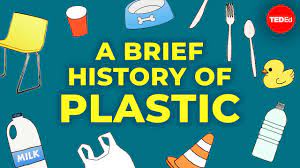 Grade Level: 6-8
Grade Level: 6-8
Duration: 5 minutes 40 seconds
Description: This video from Ted-Ed by PBS Digital Studios discusses how plastic was invented and the different kinds of plastic that led to the invention of polyethylene, which is used today. Students will learn how plastic became so widely used and about its negative impact on the environment.
The material that could change the world... for a third time
 Grade Level: 4-12
Grade Level: 4-12
Duration: 5 minutes 26 seconds
Description: This video from Ted-Ed by PBS Digital Studios discusses the impact that materials have on the planet, specifically how concrete contributes to global warming. Students will learn how scientists are creating more eco-friendly alternatives to typical concrete.
The wildly complex anatomy of a sneaker - Angel Chang
 Grade Level: 6-12
Grade Level: 6-12
Duration: 5 minutes 22 seconds
Description: This video from Ted-Ed by PBS Digital Studios explains the carbon footprint of sneakers. Students will learn how the materials used to make sneakers and the manufacturing process release carbon into the atmosphere. The video discusses how companies and individuals can improve the sustainability of the shoes they make and wear.
The Plastic Problem - A PBS NewsHour Documentary
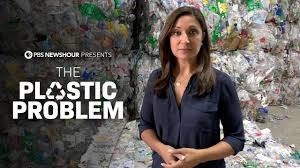 Grade Level: 6-12
Grade Level: 6-12
Duration: 54 minutes 8 seconds
Description: This documentary from PBS NewsHour discusses how the material of plastic affects the environment. Students will learn about microplastics, the impact plastic has on the ocean, the importance of recycling plastic, and how individuals are finding solutions to deal with the plastic problem.
Rare Earth Elements
 Grade Level: 6-12
Grade Level: 6-12
Duration: 4 minutes 17 seconds
Description: This clip from NOVA: Hunting the Elements, provided by PBS LearningMedia, covers what rare earth elements are and how modern technology depends on these elements. Students will learn about the atomic structure of rare earth elements and that they are not really rare but are hard to extract.
Contaminating the Rockies
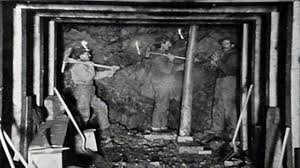 Grade Level: 6-12
Grade Level: 6-12
Duration: 4 minutes 19 seconds
Description: This video from NOVA: Poison in the Rockies, provided by PBS LearningMedia, discusses how metal mines have polluted the environment of the Colorado Rockies. Students will learn how heavy metals have seeped into the water of mountain streams and how these heavy metals and water acidification harm human health and ecosystems.
The Business of Bioplastics
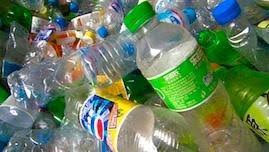 Grade Level: 6-12
Grade Level: 6-12
Duration: 2 minutes
Description: In this clip from NOVA: Making Stuff: Cleaner provided by PBS Learning Media, students will learn how the Ford Motor Company is using bioplastics to make soft plastic seats and other plastic car parts. They also will learn why bioplastics are better for the planet.
Podcasts:
How Is Glass Made?
 Grade Level: 1-5 (Not recommended for single-session listening!)
Grade Level: 1-5 (Not recommended for single-session listening!)
Duration: 14 minutes 35 seconds
Description: This episode of But Why: A Podcast For Curious Kids from NPR discusses how glass is produced. Students will learn about the silica sand used to make glass, about the glass-making process, and why glass shatters. Note: The podcast shifts from talking about glass to discussing how bubbles are made at 14 minutes, 35 seconds.
How Is Paper Made?
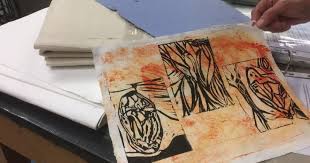 Grade Level: 1-5 (Not recommended for single-session listening!)
Grade Level: 1-5 (Not recommended for single-session listening!)
Duration: 27 minutes 54 seconds
Description: This episode of But Why: A Podcast For Curious Kids from NPR covers the paper-making process. Students will learn that paper is made with cellulose, why paper falls apart when it gets wet, why construction paper loses color in the sun, and who invented paper.
A Closer Look At Glitter's Not-So-Festive Environmental Impact
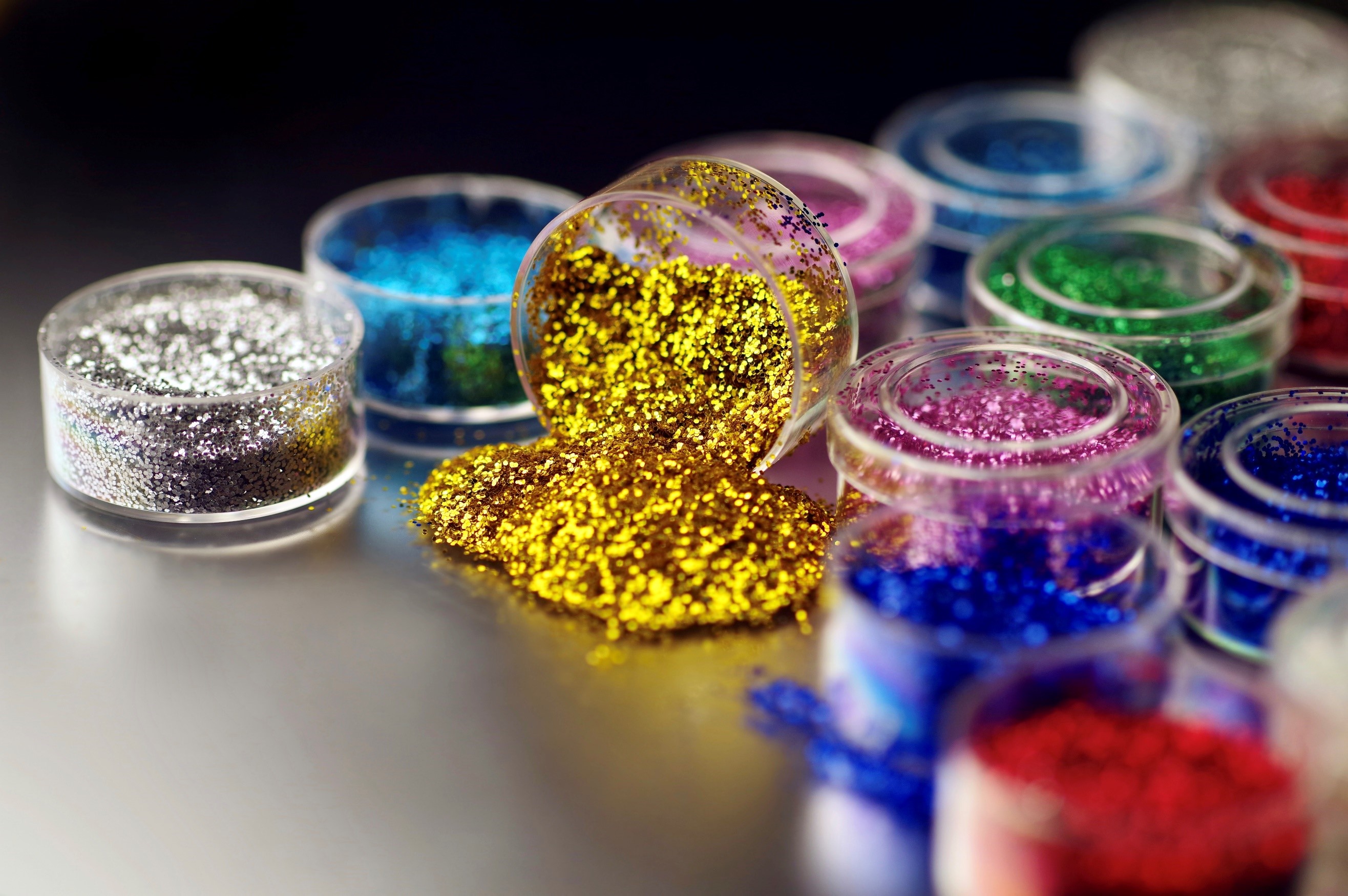 Grade Level: 4-12
Grade Level: 4-12
Duration: 3 minutes 45 seconds
Description: This story from WBUR, Boston’s NPR news station, discusses the environmental impact of glitter. Students will learn that when people wash their hands to get rid of glitter, it often ends up in lakes and rivers, causing problems for aquatic life.
The Plastic Problem Isn't Your Fault, But You Can Be Part Of The Solution
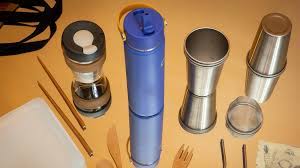 Grade Level: 9-12 (may be suitable for younger audiences with a long attention span)
Grade Level: 9-12 (may be suitable for younger audiences with a long attention span)
Duration: 24 minutes 29 seconds
Description: This episode of Life Kit from NPR talks about the plastic problem and the ways that consumers can help solve it. The podcast covers the environmental impacts of plastic and how plastic production can affect human health. Students will learn ways that they and their parents can be part of the solution to the plastic problem such as auditing the plastic in their home, looking for sustainable alternatives to the plastic they use, and recycling items properly.
Games/Activities:
Life-Cycle of Plastic
 Grade Level: 3-8
Grade Level: 3-8
Duration: Varies
Description: This board game is intended to help students better understand the lifecycle of plastic and help them to build good habits when it comes to plastic use and the environment.
Making Stuff Activity Guide

Grade Level: 4-8
Duration: Varies
Description: This activity guide inspired by PBS NOVA’s series Making Stuff offers educators various activities to teach their students about material science.
Why does acid mine drainage form?
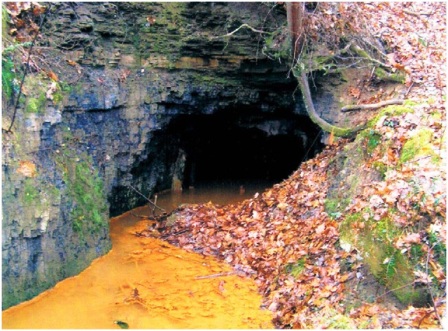 Grade Level: 6-12
Grade Level: 6-12
Duration: Varies
Description: In this lab from the West Virginia Department of Environmental Protection, students will observe how acid mine drainage forms by studying how the pH of tap water changes when various materials are added to it.